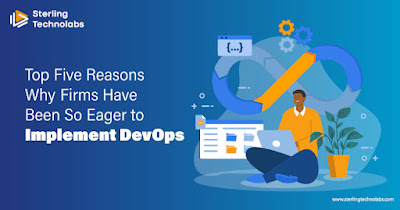Introduction:
Artificial intelligence (AI) is a phenomenon which has revolutionized various industries in recent years. It has multiple applications, however its most conversational and remarkable application is conversational AI. ChatGPT, which is powered by OpenAI’s GPT-3.5 architecture, is an exceptional language model that has gained widespread attention and adoption. ChatGPT development has the ability to generate human-like text responses. Needless to say that this has opened up a wide range of applications across multiple sectors. Earlier the range of benefits that chat gpt provided was believed to be limited to software development and custom software development industry. However over time as people familiarised themselves more with this extremely foreign concept and came up with more innovative ways to put it to use, a larger avenue of applications opened up. In this blog post, we shall delve into the various uses of ChatGPT and explore how it transforms industries and enhances human-computer interactions in a subjective manner.
Objectives and utilities of ChatGPT
OpenAI has been extremely meticulous in developing a function which provides a plethora of benefits to users. The benefits range over a variety of industries and to sum up each and every one of them would take an immense amount of time. Hence we have curated a list of the major sectors and industries that are able to best reap the benefits of ChatGPT. Some of them are
Customer Support and Service: One of the most significant applications of ChatGPT is in customer support and service. By leveraging the model’s natural language processing capabilities, businesses can provide round-the-clock assistance and address customer queries effectively. ChatGPT can understand and respond to customer inquiries, provide product recommendations, troubleshoot issues, and offer personalized support, resulting in enhanced customer satisfaction and improved customer service efficiency.
Virtual Assistants and Chatbots: Virtual assistants and chatbots have become integral parts of many websites, applications, and smart devices. ChatGPT’s conversational abilities enable it to serve as an intelligent virtual assistant, capable of understanding user requests and providing relevant information or performing tasks. Whether it’s scheduling appointments, making reservations, retrieving weather updates, or answering general knowledge questions, ChatGPT can assist users in a natural and user-friendly manner.
Content Generation and Copywriting: Content creation is a time-consuming process that demands creativity and expertise. ChatGPT can aid content creators, marketers, and writers by generating ideas, suggesting headlines, and even crafting entire pieces of content. By inputting specific instructions, the model can generate text that aligns with the desired tone, style, or target audience. While human intervention is still crucial for reviewing and refining the generated content, ChatGPT serves as a valuable tool for inspiration and streamlining the writing process.
Language Translation and Interpretation: The language barrier has long been a hurdle in global communication. With its multilingual capabilities, ChatGPT development can assist in real-time language translation and interpretation. By providing ChatGPT with a text prompt in one language, users can receive accurate translations or even have conversations in different languages. This feature has enormous implications for international business collaborations, travel, and fostering cross-cultural understanding.
Education and E-Learning: ChatGPT has significant potential in the field of education and e-learning. It can serve as a virtual tutor or mentor, providing personalized learning experiences to students. ChatGPT can answer questions, explain complex concepts, provide examples, and offer interactive learning materials. Moreover, it can adapt its teaching style to cater to individual learning preferences, making education more accessible and engaging for students of all backgrounds.
Research and Information Retrieval: When it comes to research and information retrieval, ChatGPT is an invaluable tool. Researchers, academics, and students can pose questions or describe their research goals to obtain relevant information from various sources. ChatGPT can assist in literature reviews, summarize research papers, and provide insights on specific topics, enabling users to save time and access relevant information efficiently.
Creative Writing and Storytelling: Writers and storytellers can find inspiration and assistance in ChatGPT’s creative capabilities. By providing a story prompt or describing a scenario, ChatGPT can generate imaginative narratives, plot twists, and character descriptions. Collaborating with ChatGPT can help writers overcome writer’s block, explore different storylines, and enhance their creativity.
Software Development and Debugging: Saving the best for last, ChatGPT development can be a valuable asset in the software development industry assisting developers in code generation, debugging, and problem-solving. By providing specific instructions or describing.
Conclusion:
ChatGPT is a phenomenon which has taken every last drop of blood sweat and tears of its creators. The concept has been subjected to intense scrutiny, ever since it was launched. There have been arguments both promoting and supporting the phenomenon as well as those against it. There have been many concerns about its abilities and whether or not those who control AI today will be replaced by it tomorrow. The influence it exerts on today’s world and the power it holds over certain professionals may be criticised or applauded, but it certainly cannot be ignored.






